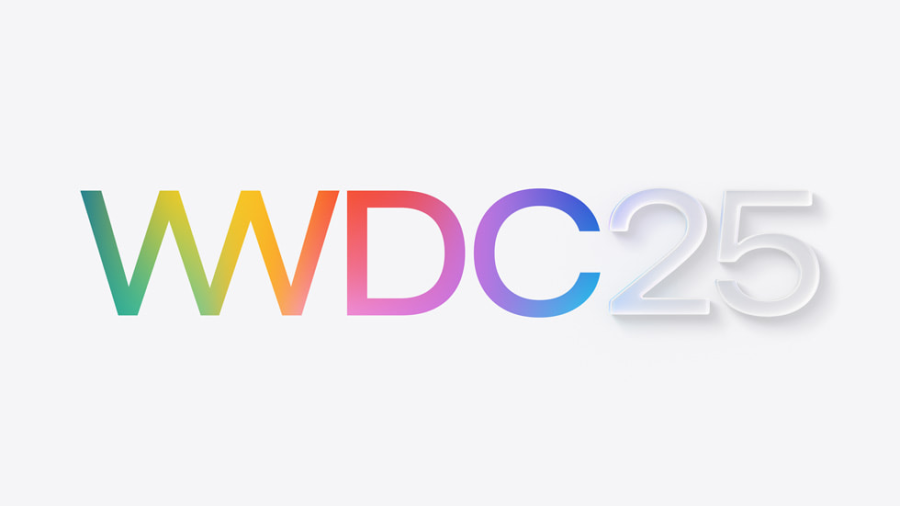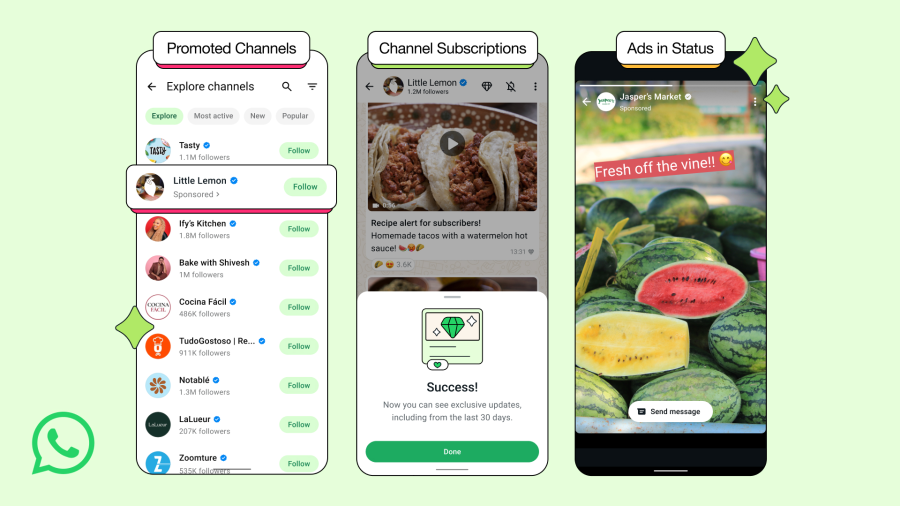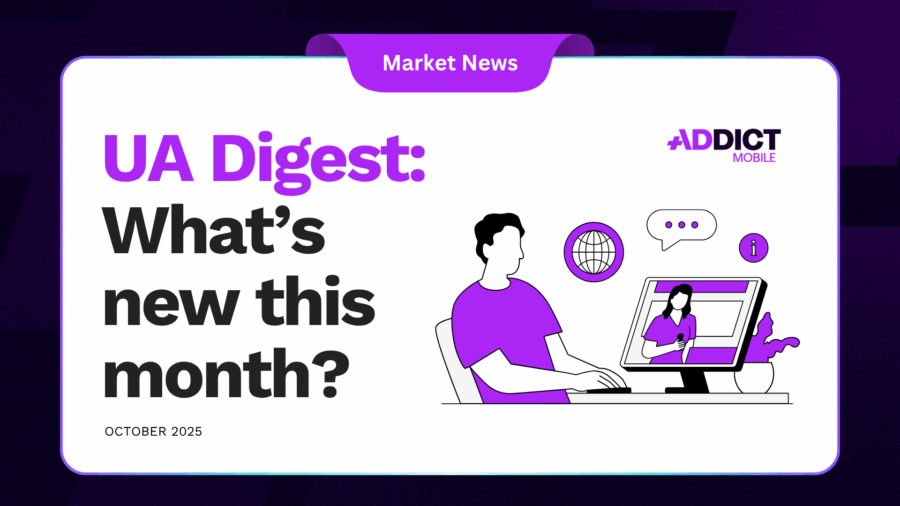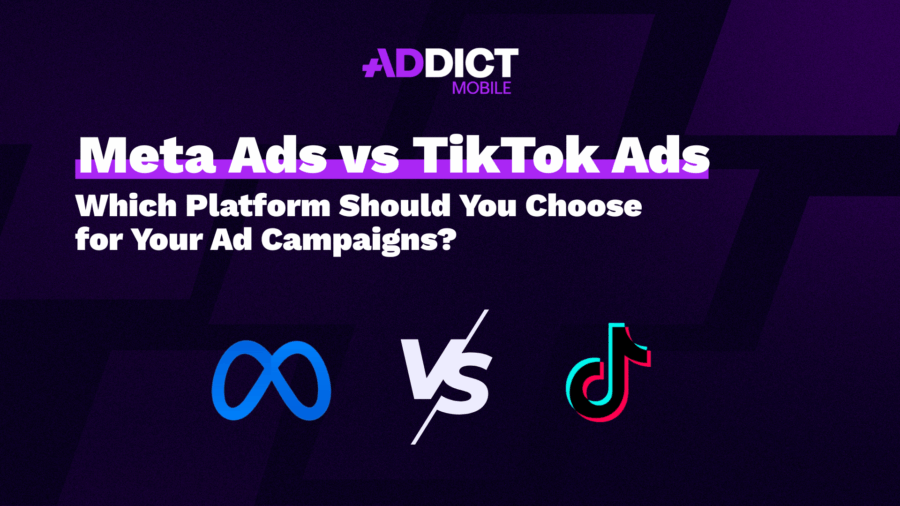UA Digest #8: What’s new this month?

Discover our User Acquisition Digest, your monthly update on the latest trends and news in mobile marketing and user acquisition!
AdAttributionKit takes a major step forward
With iOS 18.4, Apple has significantly upgraded AdAttributionKit (AAK), making attribution more granular, flexible, and actionable, without compromising privacy principles.
- Multi-reengagement attribution
Until now, only one ad interaction could be credited for a conversion. From now on, multiple reengagement windows can coexist, and the most relevant interaction (e.g., linked to the right product) will be attributed.
A real boost for retargeting campaigns, seasonal promotions, and multi-product strategies.
- Conversion Tags
To accurately track which interaction triggered the conversion, AAK introduces conversion tags: unique identifiers passed through URLs (Universal Links), allowing advertisers to tie an action to a specific campaign and dynamically update the conversion value.
- Customizable attribution
Advertisers can now:
- Set custom attribution windows (by ad network and interaction type: clicks, views, etc.)
- Ignore irrelevant interactions
- Configure cooldown periods after conversion to prevent retargeting campaigns from unfairly capturing attribution
The goal: a more accurate view of the user journey and a smarter allocation of media budgets.
- Country-level geolocation in postbacks
AAK postbacks can now include country codes, provided the campaign reaches the “super high” anonymity tier (high-volume campaigns). This is a major breakthrough: advertisers can once again segment and analyze performance by region, a data point previously missing from SKAN-like environments.
AAK is finally becoming a serious tool to manage attribution at scale on iOS, with a more flexible, more precise approach, still fully privacy-compliant.
WWDC25: sharper targeting & enriched data for UA
Two announcements stand out for user acquisition: improvements to App Store product pages, and a revamped App Analytics with over 100 new KPIs.

Product Pages: more control over visibility
- Custom Product Pages (CPPs) can now be linked to keywords, making them eligible to appear directly in search results. This is a major step forward in aligning landing pages with user intent.
- App Tags (e.g., “Sports,” “Food”), previously visible only in search, now also appear on product pages. Powered by AI, metadata, and manual validation, these tags provide clearer insight into app usage from the very first screen.
App Analytics: new interface, new insights
Apple has rolled out a major update to App Store Connect’s App Analytics, aimed at offering a more granular view of app performance.
- The interface has been redesigned: data is now structured around three key pillars, acquisition, monetization, and retention, with up to 7 stackable filters available to refine the analysis.
- The new reports allow for deeper tracking of download sources, subscription performance, and conversions tied to specific offers (e.g., free trials or discounts).
- Industry benchmarks now help compare app performance with similar apps or games, using more detailed indicators.
- An enhanced cohort analysis feature lets you track value or retention over time, based on download or subscription date.
These updates provide a better understanding of the user journey and enable more precise performance management, all while staying true to Apple’s privacy standards.
Meta reactivates raw data access via Advanced Mobile Measurement
As of early June 2025, Meta has begun reactivating its Advanced Mobile Measurement (AMM) program, which had been suspended since 2021.
Advertisers can now regain access to raw, user-level data from their Meta campaigns, provided they accept the new terms of service directly from their Meta Ads Manager account.
What changes in practice:
- Compatible MMPs (Adjust, Singular, Airbridge, etc.) can now receive raw postbacks containing user-level data: device ID, timestamp, campaign name, interaction type, and more.
- These insights won’t be available in standard dashboards, but only via dedicated exports.
- The goal: to enable advanced analysis, precise debugging, and integration with internal analytics tools.
For advertisers who rely solely on MMP dashboards, the impact will be limited, but for those with a mature data infrastructure, this marks a major shift. A long-awaited return of granularity on Meta, without altering the day-to-day management of campaigns.
Discover our article on the topic for all the details.
WhatsApp officially enters the ad space
Meta has announced the rollout of its first advertising formats on WhatsApp, focused within the Updates tab (which includes Statuses and Channels). This marks the platform’s first large-scale monetization effort since its acquisition in 2014.
Three formats have been announced:
- Status Ads: inserted between user statuses, with a tap-to-chat CTA to initiate conversations.
- Promoted Channels: brands can sponsor their visibility in the Explore tab.
- Channel Subscriptions: brands and creators can offer exclusive content through paid monthly subscriptions to their Channels.

Targeting remains limited to non-sensitive signals (country, language, followed channels…), with no access to messages, groups, or calls. Users who don’t interact with the Updates tab won’t see the ads.
With 1.5 billion daily active users on this space, WhatsApp now represents a high-potential inventory for advertisers.
NEWS
Article in relation

Cheat Sheet #3: Everything You Need to Know…
Q5 is the post-holiday “bonus” period running from December 26 to mid-January, a unique opportunity for advertisers to keep momentum after the holiday...
Published on 5 November 2025
UA Digest #10 : What’s new this month?
Discover our User Acquisition Digest, your monthly update on the latest trends and news in mobile marketing and user acquisition! Meta Andromeda: the...
Published on 28 October 2025
Meta Ads vs TikTok Ads: Which Platform Should…
In 2025, social ads have become a must for capturing attention and driving performance. When it comes to two major players, Tiktok ads...
Published on 20 October 2025

